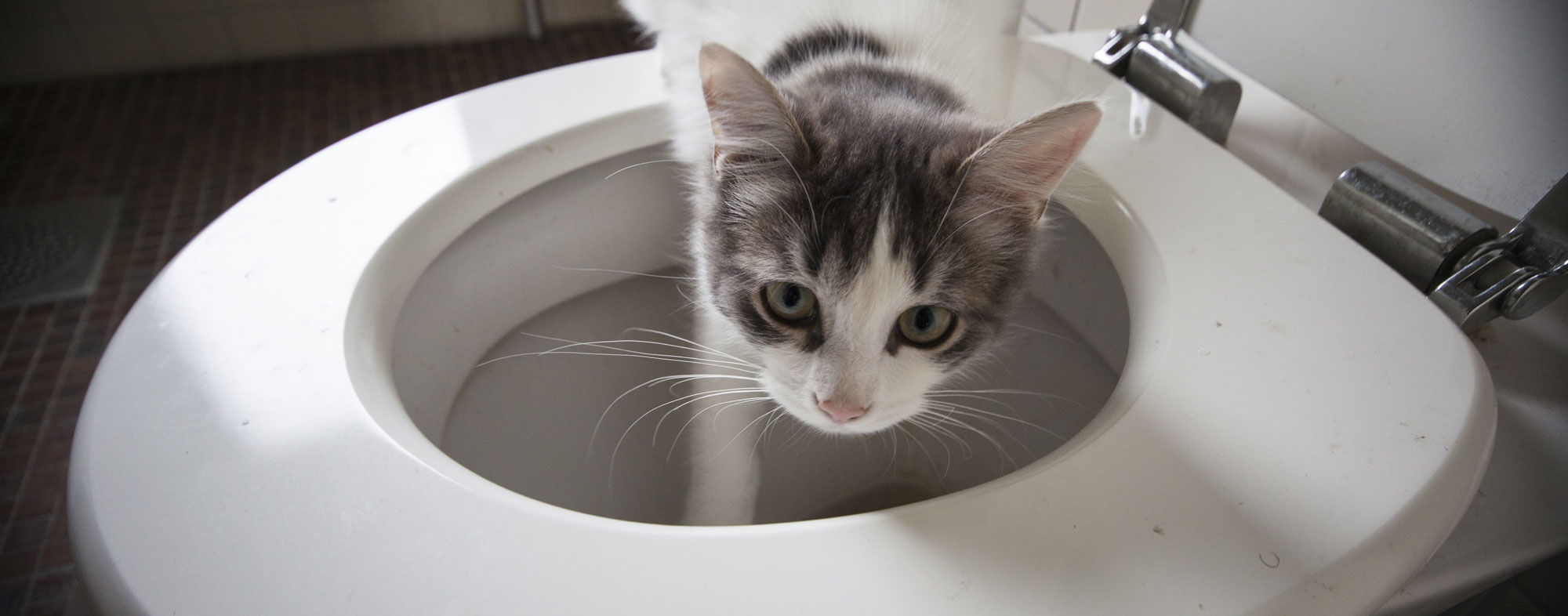The Consequences of Flushing Cat Poop Down Your Toilet - Protect Your Pipes
The Consequences of Flushing Cat Poop Down Your Toilet - Protect Your Pipes
Blog Article
We have noticed this great article about How to Dispose of Cat Poop and Litter Without Plastic Bags down the page on the web and felt it made perfect sense to relate it with you here.

Intro
As cat owners, it's important to bear in mind just how we throw away our feline pals' waste. While it might appear hassle-free to flush cat poop down the commode, this method can have detrimental effects for both the setting and human wellness.
Alternatives to Flushing
Fortunately, there are more secure and much more responsible ways to take care of pet cat poop. Consider the following choices:
1. Scoop and Dispose in Trash
One of the most common approach of dealing with cat poop is to scoop it right into an eco-friendly bag and toss it in the trash. Make certain to use a committed trash scoop and deal with the waste without delay.
2. Use Biodegradable Litter
Go with naturally degradable feline trash made from products such as corn or wheat. These litters are eco-friendly and can be securely disposed of in the trash.
3. Bury in the Yard
If you have a lawn, take into consideration burying pet cat waste in a marked location far from veggie yards and water resources. Be sure to dig deep enough to stop contamination of groundwater.
4. Set Up a Pet Waste Disposal System
Buy a pet dog garbage disposal system particularly developed for feline waste. These systems utilize enzymes to break down the waste, reducing odor and ecological effect.
Health Risks
Along with environmental problems, flushing feline waste can additionally posture health and wellness threats to humans. Cat feces might include Toxoplasma gondii, a bloodsucker that can create toxoplasmosis-- a possibly serious ailment, specifically for expecting women and individuals with weakened body immune systems.
Ecological Impact
Flushing feline poop introduces unsafe microorganisms and bloodsuckers into the supply of water, positioning a considerable threat to marine communities. These contaminants can negatively influence marine life and concession water top quality.
Conclusion
Accountable pet dog possession prolongs past providing food and shelter-- it additionally involves appropriate waste management. By avoiding purging cat poop down the bathroom and selecting different disposal techniques, we can reduce our ecological impact and secure human health and wellness.
Why Can’t I Flush Cat Poop?
It Spreads a Parasite
Cats are frequently infected with a parasite called toxoplasma gondii. The parasite causes an infection called toxoplasmosis. It is usually harmless to cats. The parasite only uses cat poop as a host for its eggs. Otherwise, the cat’s immune system usually keeps the infection at low enough levels to maintain its own health. But it does not stop the develop of eggs. These eggs are tiny and surprisingly tough. They may survive for a year before they begin to grow. But that’s the problem.
Our wastewater system is not designed to deal with toxoplasmosis eggs. Instead, most eggs will flush from your toilet into sewers and wastewater management plants. After the sewage is treated for many other harmful things in it, it is typically released into local rivers, lakes, or oceans. Here, the toxoplasmosis eggs can find new hosts, including starfish, crabs, otters, and many other wildlife. For many, this is a significant risk to their health. Toxoplasmosis can also end up infecting water sources that are important for agriculture, which means our deer, pigs, and sheep can get infected too.
Is There Risk to Humans?
There can be a risk to human life from flushing cat poop down the toilet. If you do so, the parasites from your cat’s poop can end up in shellfish, game animals, or livestock. If this meat is then served raw or undercooked, the people who eat it can get sick.
In fact, according to the CDC, 40 million people in the United States are infected with toxoplasma gondii. They get it from exposure to infected seafood, or from some kind of cat poop contamination, like drinking from a stream that is contaminated or touching anything that has come into contact with cat poop. That includes just cleaning a cat litter box.
Most people who get infected with these parasites will not develop any symptoms. However, for pregnant women or for those with compromised immune systems, the parasite can cause severe health problems.
How to Handle Cat Poop
The best way to handle cat poop is actually to clean the box more often. The eggs that the parasite sheds will not become active until one to five days after the cat poops. That means that if you clean daily, you’re much less likely to come into direct contact with infectious eggs.
That said, always dispose of cat poop in the garbage and not down the toilet. Wash your hands before and after you clean the litter box, and bring the bag of poop right outside to your garbage bins.
https://trenchlesssolutionsusa.com/why-cant-i-flush-cat-poop/

Do you enjoy reading about Don’t flush cat feces down the toilet? Try to leave a review down the page. We'd be pleased to see your ideas about this review. In hopes that you visit us again in the future. Are you aware of another person who is fascinated about Can You Flush Cat Poop Down The Toilet?? Feel free to promote it. Thanks for your time. Please stop by our website back soon.
Get Started Report this page